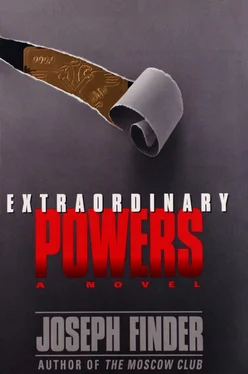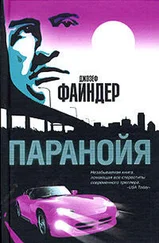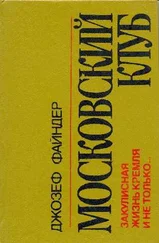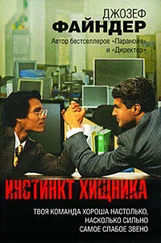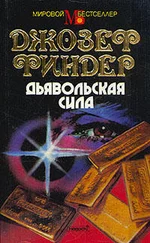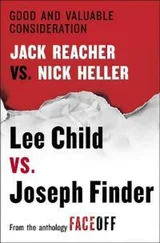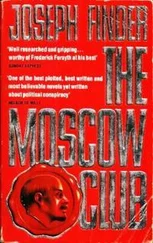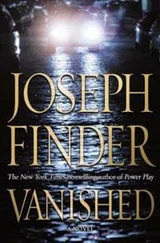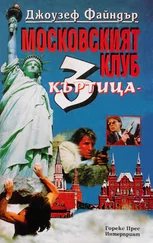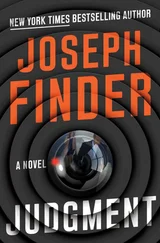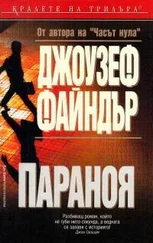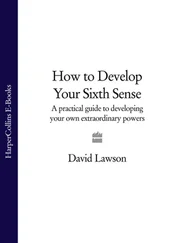I nodded.
She went to lift one of the bars up, but failed. It was too heavy. With two hands she managed to hoist it. After a few seconds she put it down on top of the others. It made a dull thud. Then she sank her thumbnail into it.
“It’s the real thing, isn’t it?” she said.
I nodded mutely. I was nervous, naturally, and excited, and scared, and my bloodstream coursed with adrenaline.
There’s a famous remark made by Vladimir Lenin: “When we are victorious on a world scale, I think we shall use gold for the purpose of building lavatories in the streets of some of the largest cities in the world.”
Wrong on several counts.
More apt was the gripe by the Roman poet Plautus, two hundred years before the birth of Christ: “I hate gold; it has persuaded many men in many matters to do evil.”
Quite right.
I was disturbed from my reverie by the sight of Molly sinking to the concrete floor, her back against the wall of gold bullion. The vitality seemed to have drained from her body. She had not fainted, but she appeared woozy.
“Who’s the other owner?” she asked quietly.
“I don’t know,” I admitted.
“A guess?”
“Not even that. Not yet.”
She wrapped her arms around her knees and hugged them to her chest. “How much?”
“Hmm?”
“Gold. How much gold is here?” Her eyes were closed.
I surveyed the chamber. The stack was about six feet tall. Each bar was nine inches long, three inches wide, and an inch thick.
It took me quite some time, but I counted 526 stacks, each six feet high. Which was 3,156 linear feet. Which was... 37,879 gold bars.
Was I calculating right?
I remembered reading an article once about the Federal Reserve Bank in New York. I called it to mind. The Fed’s gold vault, which is half the length of a football field, holds something like 126 billion dollars worth of gold if you calculate it at the market price of $400 an ounce. I didn’t know what gold was selling for when Orlov and Sinclair raided the Soviet national treasury, but $400 an ounce sounded about right, for the sake of calculation.
No. That wouldn’t do it.
All right. The largest gold compartment in the Fed’s vault contained a wall of gold ten feet wide by ten feet high by eighteen feet deep. Which was 107,000 bars. Worth seventeen billion dollars.
My head swam with fevered calculations. The volume here was about a third of that.
I returned to my original calculation of 37,879 gold bars. Gold was now selling at not $400 an ounce, but more like $330. Okay. At $330 per ounce, one gold bar, of four hundred troy ounces, was worth $132,000.
Which brought us to...
Five billion dollars.
“Five,” I said.
“Five billion ?”
“Right.”
“I can’t even conceive of that,” Molly said. “It’s sitting here, stacked up — I’m leaning against it — and I can’t conceive of five billion dollars — and all mine—”
“No.”
“Half of it?”
“No. It belongs to Russia.”
She fixed me with a cold stare, then said: “You’re no fun.”
“You’re right.”
“He said ten,” I interrupted.
“What?”
“There’s maybe five billion here. Orlov told me ten billion dollars.”
“Then he was wrong. Or lying to you.”
“Or half of it is gone.”
“ Gone? What are you getting at, Ben?”
“I thought we’d finally found the gold,” I mused aloud. “And we found only part of it.”
“What’s this?” she said, startled.
“What?”
Sandwiched in the crack between two vertical stacks of gold, at floor level, was a small square ecru envelope.
“What the hell—?” she said, tugging at it.
It came out easily.
Her eyes wide, she turned the blank envelope over, saw that there was nothing on either side, and gingerly tore open the flap.
It was a blue-bordered card — a Tiffany’s correspondence card, from the look of it — which bore the name Harrison Sinclair in capital letters at the top.
Something was written at the center of the card in her father’s hand.
“It’s—” Molly began, but I interrupted.
“Don’t say it aloud. Show it to me.”
Two lines.
The first was: “Box 322. Banque de Raspail.”
The second was: “Boulevard Raspail, 128, Paris 7e.”
That was all. The name and address of a bank in Paris. A box number, presumably a safe-deposit box. What for? What was this supposed to mean? Boxes, literally, within boxes: that was what this whole matter had come to.
“What—?” she said.
“Come on,” I said impatiently, pocketing the card. “Let’s have another chat with Eisler.”
“A dead man,” according to Plutarch’s Lives , “cannot bite.” It was, I believe, John Dryden who centuries ago wrote: “Dead men tell no tales.”
Wrong, both of them. Hal Sinclair continued to tell tales long after his funeral, tales that remained mystifying.
The brilliant old spymaster Harrison Sinclair had surprised hundreds of people in his six decades on this earth — friends and associates, superiors and subordinates, enemies around the world and at Langley. And even after his death, it seemed, the surprises, the twists and reversals, did not stop. Who would ever have expected as much on the trail of a dead man?
By the time Molly and I had had a rapid whispered conference, Eisler’s personal assistant was waiting in the corridor outside the vault. We had summoned her and demanded immediately to see the director.
“Is there a problem?” she asked, her face radiating concern.
“Yes,” Molly said but did not elaborate.
“We will be glad to help in any way,” she said, escorting us into the elevator and up to Eisler’s office. She was all business, but her Swiss reserve had melted somewhat: she chirped familiarly, as if we’d all become old friends in the last hour.
Molly conversed with her politely, while I kept silent. In my right front pocket I fingered the Glock.
Getting it into the bank, through the metal detectors, was no mean feat, and for that I must acknowledge my CIA training. A casual acquaintance of mine from my Agency days, Charles Stone (whose extraordinary saga is no doubt familiar to you), once described to me how he had smuggled a Glock pistol through an airline security gate at Charles de Gaulle Airport in Paris. The Glock is predominantly, though not entirely, composed of plastic, and Stone (rather ingeniously, I think) disassembled the gun into its components, placed the small metal parts into a sticky shaving kit and the larger metal parts into the frame of a garment bag — both of which went through the luggage X-ray machine — and the plastic pieces on his person.
Unfortunately, Stone’s technique wouldn’t have worked here, because I didn’t have the luxury of dealing with both a metal detector and a luggage X-ray. Everything had to be on my body, and the gun would unquestionably have set off the alarms.
So I’d devised my own method, taking advantage of an anomaly in all metal detectors. These machines are nowhere near as sensitive at their extremities as they are at the center of the field. And the Glock is made up of a relatively small amount of steel. What I did, therefore, was to attach the pistol to a long nylon cord affixed to my belt and running through a small hole I’d cut in my right-hand front trouser pocket. The gun dangled in my right pant leg, close to my shoe; I held it steady by keeping a hand in my pocket and gripping the cord as I passed through the metal detector gate. Essentially, I was kicking the gun through the detector at the perimeter of the magnetic field, where it is so attenuated that it can detect virtually nothing. Naturally, as I went through, I was almost catatonic with fear that the trick wouldn’t work, that my attempt to spoof the metal detector would somehow go wrong. But I passed through without incident, and by stopping off in the restroom shortly thereafter I had been able to retrieve the small pistol and place it comfortably in my pants pocket.
Читать дальше
